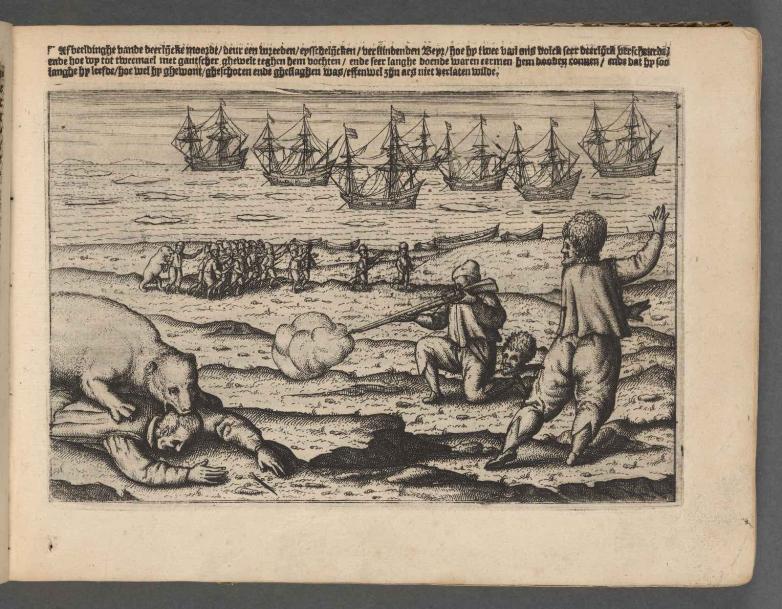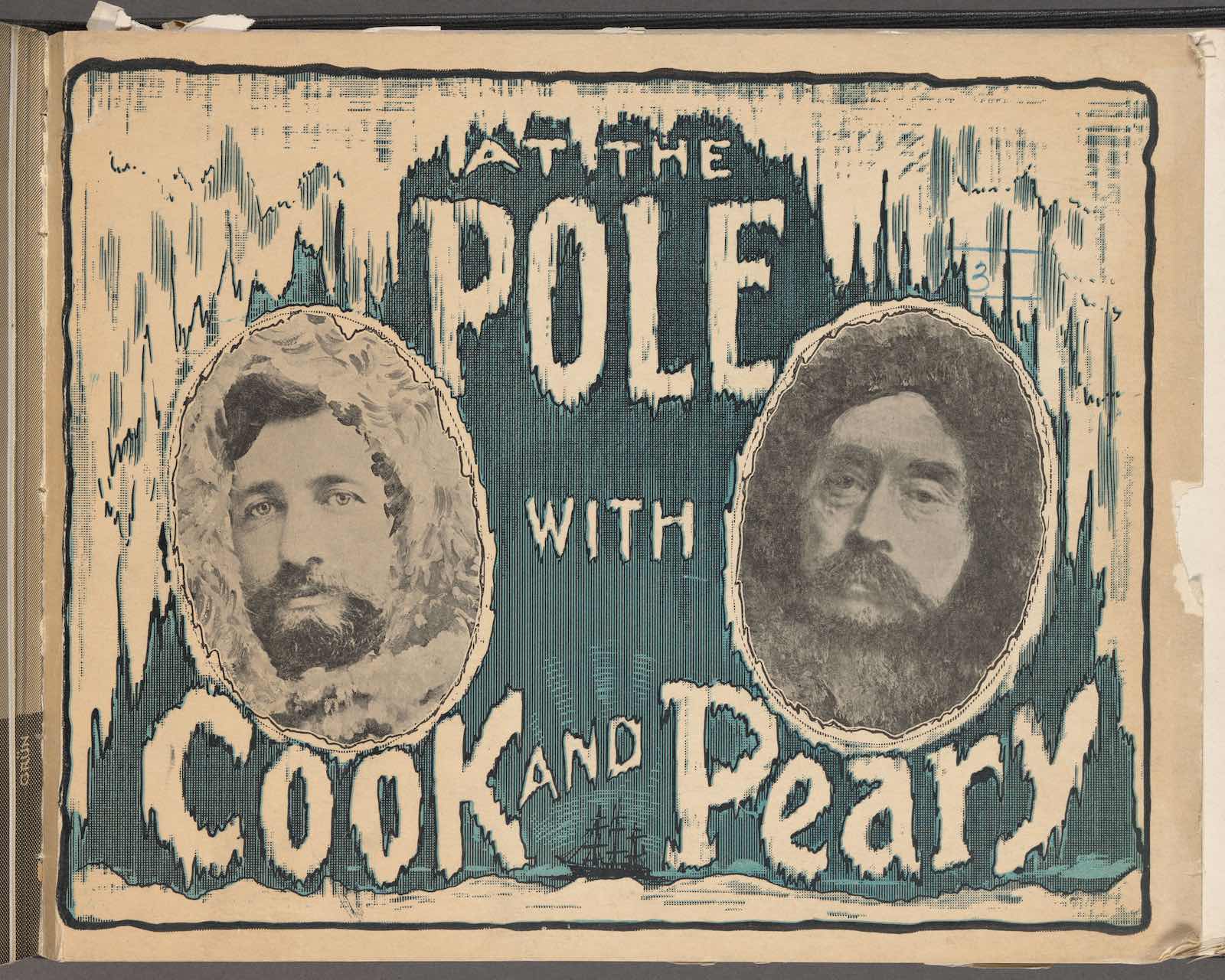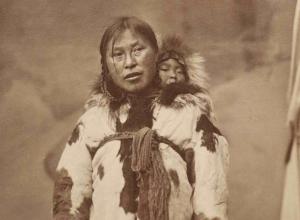“The Arctic is so fascinating because it's such an enormous region that crosses many borders and yet, it is foreign for so many of us. The region has a rich history, is incredibly diverse, and has always been in constant flux,” said Elizabeth Cronin, Robert B. Menschel Curator of Photography. “I wanted to do this exhibition on the Arctic so that the people can think about how they imagine the Arctic to be and how that idea compares with the reality of its spaces.”
Beginning in The Sue and Edgar Wachenheim III Gallery, the exhibition showcases the earliest Western accounts of the Arctic lands, its animals, and its people, and also focuses on the heavily illustrated expedition chronicles and colored lithographic portfolios that commemorated the British expeditions during the Victorian Era. These are followed by a wave of American and European pursuits in the Arctic.
The exhibition continues in the Celeste Gottesman Bartos and Mahnaz Ispahani Bartos Exhibitions Gallery as it dives deeper into the popular visual culture of the Arctic. The books, stereographs, scrapbooks, photographs, postcards and objects on display emphasize the widespread appeal of arctic disasters and triumphs. The variety of media also shows how print technologies affected our imagination.
Concluding on the third floor, in the Rayner Special Collections Wing and Print Gallery, the exhibition showcases 21st century photographs, prints, and artists’ books portraying the environment of the Arctic today. Also featured will be work by artists who are Indigenous to the Arctic regions.
A richly illustrated 288-page exhibition catalogue co-published by New York Public Library and Hatje Cantz will accompany the exhibition. Edited by Elizabeth Cronin, it features scholarly essays on early modern Arctic prints by the print curator Madeleine Viljoen, the 19th century Arctic landscape by the exhibition’s curator Elizabeth Cronin, and a joint essay on the contemporary works by the curator and Maggie Mustard, co-organizer of the exhibition and Assistant Curator of Photography. It also contains 11 object-focused texts by New York Public Library staff members, as well as an extensive bibliography.



















